Reading doesn’t need to be complicated to be powerful. Some of the most memorable stories are written in simple language, making them accessible to all kinds of readers.
Whether you’re just getting back into reading or looking for something that’s engaging without being overwhelming, easy-to-read books can offer a meaningful experience.
This list brings together books that are written clearly but still deliver strong characters, rich settings, and stories you can get lost in.
Each one offers something different, whether it’s magic, friendship, adventure, or comfort, and they’re ideal for readers of all ages who want to escape into a good book without struggling through dense prose.
Easy-to-Read Books for Immersive Experiences
Harry Potter and the Sorcerer’s Stone by J.K. Rowling
- Author: J.K. Rowling
- Published: 1997
- Genre: Fantasy
- Reading Level: ~5th-6th grade
- Ideal For: Ages 9+
The first installment in the Harry Potter series is an excellent gateway into long-form reading and fantasy escapism.
The writing style is clear, immersive, and perfectly balanced between magical world-building and relatable emotional themes like friendship, bullying, self-worth, and identity.
The school setting adds familiarity, while the magical elements open a portal to a deeply imaginative world.
Rowling introduces major themes without overwhelming young readers, making this a staple for anyone beginning their escapist literary journey.
Element
Detail
Themes
Friendship, courage, identity, belonging
Accessibility
Short chapters, linear plot, approachable vocabulary
Escapism Factor
High – full magical world, relatable lead, layered story
Literary Value
Builds reading endurance and narrative comprehension
The Lion, the Witch, and the Wardrobe by C.S. Lewis
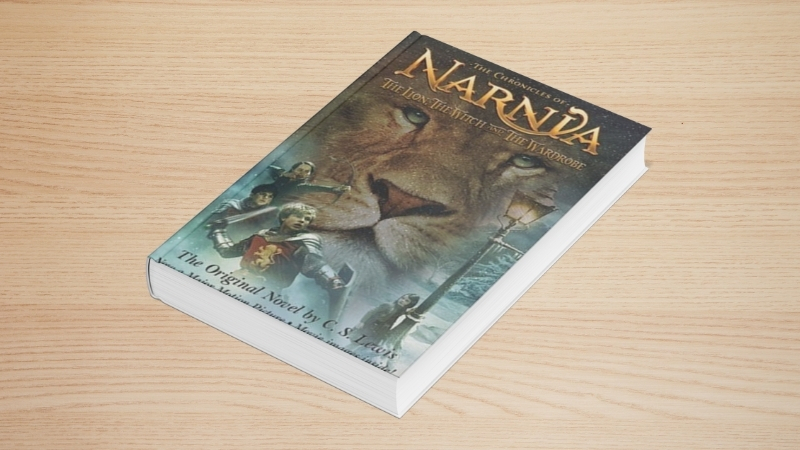
This timeless book offers a perfect introduction to fantasy for beginners, combining clear prose with an epic narrative.
Lewis crafts a magical realm (Narnia) that is accessed through something as simple as a wardrobe, which beautifully symbolizes escapism.
Themes of sacrifice, bravery, and redemption are presented in ways that are digestible for younger readers, yet profound enough to resonate with older ones.
Element
Detail
Themes
Good vs evil, courage, forgiveness, family
Accessibility
Straightforward narrative, memorable characters
Escapism Factor
High – portal fantasy with strong moral framing
Notable Symbolism
Aslan as a Christ figure; eternal winter as spiritual coldness
The Hobbit by J.R.R. Tolkien
View this post on Instagram
Though Tolkien’s language can be slightly more descriptive than modern children’s books, The Hobbit remains one of the most rewarding beginner-friendly fantasy novels.
It features a reluctant hero (Bilbo) who discovers bravery through adventure.
The journey structure makes it ideal for readers who enjoy progressing through quests.
The immersive world and whimsical tone in early chapters make it ideal for readers seeking escape from real-world stress into richly built lands.
Element
Detail
Themes
Bravery, self-discovery, greed, loyalty
Escapism Factor
Very high – fantasy setting, mythical creatures, epic journey
Vocabulary
Rich but manageable – ideal for vocabulary growth
Bonus Value
Maps, riddles, and songs make it immersive
Charlotte’s Web by E.B. White
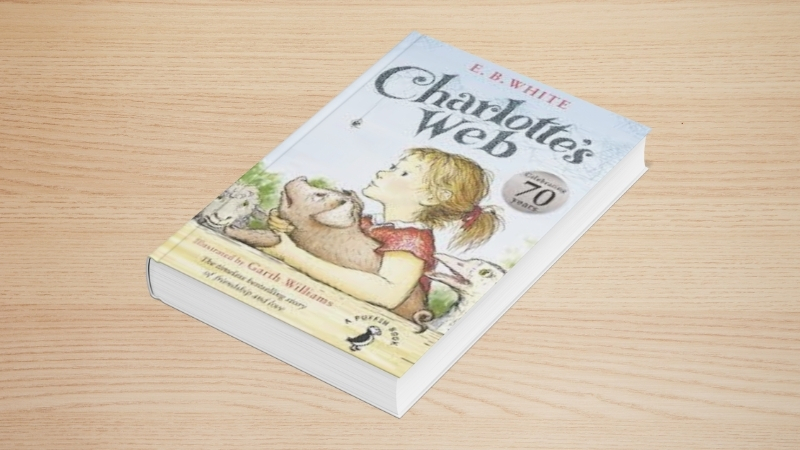
This heartwarming story showcases the depth that simple language can achieve.
It’s a tale of unexpected friendship between a pig named Wilbur and a spider named Charlotte.
The emotional resonance is strong, and the story introduces readers to themes of life and death in a safe, comforting way.
The prose is elegant but straightforward, perfect for young readers or adults seeking calm and warmth.
Element
Detail
Themes
Friendship, mortality, kindness, and selflessness
Accessibility
Gentle narrative pace and emotional depth with simple words
Escapism Factor
Medium-high – soothing farm setting, emotional comfort
Emotional Effect
Cathartic and deeply touching
Howl’s Moving Castle by Diana Wynne Jones
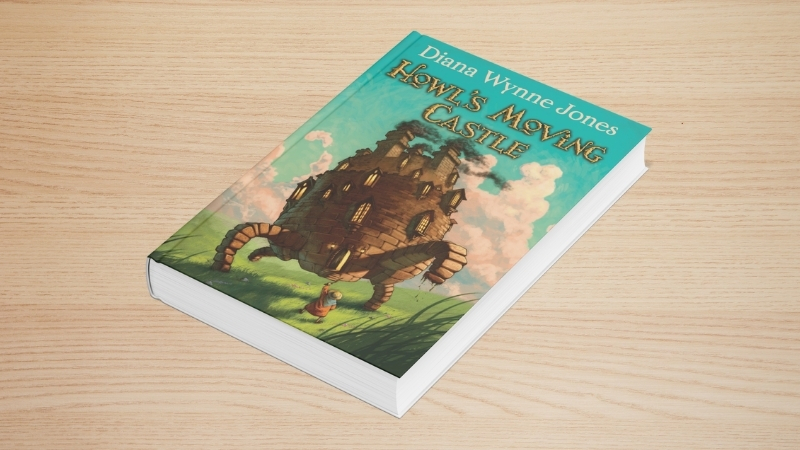
The protagonist, Sophie, is cursed to become an old woman and enters a world of chaotic magic inside a castle that moves.
Themes of self-worth, identity, and transformation resonate powerfully.
Wynne Jones balances quirky dialogue with a plot that unfolds like a fairy tale with depth.
Element
Detail
Themes
Transformation, inner strength, love, aging
Accessibility
Moderate – whimsical tone balances out deeper themes
Escapism Factor
High–magical setting, eccentric characters, unpredictable magic
Adaptation
Inspired by Studio Ghibli’s popular film
Alice’s Adventures in Wonderland by Lewis Carroll
@libristo Alice’s Adventures In Wonderland And Through The Looking Glass by Lewis Carroll 📕👧🐰🎩🫖🍧 Lewis Carroll’s two Alice stories are renowned for their fantastic plots and use of nonsense. The edition, containing both stories, features John Tenniel’s original illustrations. #libristo #booktok #booktiktok #booklovers #bookrecommendations #bewhoever #bookshop #europe #bookcollection #readingtime #yourthousandlives #aliceinwonderland #alicesadventuresinwonderland #lewiscaroll ♬ Alice in Wonderland – Jane Powell & Peter Leeds & Herbert Rawlinson
Alice’s plunge into Wonderland is the very definition of escapism.
Carroll’s absurd logic, puns, and surreal characters make this a brain-twisting but fun experience.
Though the language is Victorian, the story’s structure and episodic nature help keep readers engaged.
This is especially appealing to those who enjoy wordplay and creative unpredictability.
Element
Detail
Themes
Identity, growing up, logic vs nonsense
Accessibility
Language is slightly dated, but the whimsical tone keeps it light
Escapism Factor
Extremely high – pure dream logic and fantastical freedom
Unique Feature
Can be read multiple times at different ages for new insights
Matilda by Roald Dahl
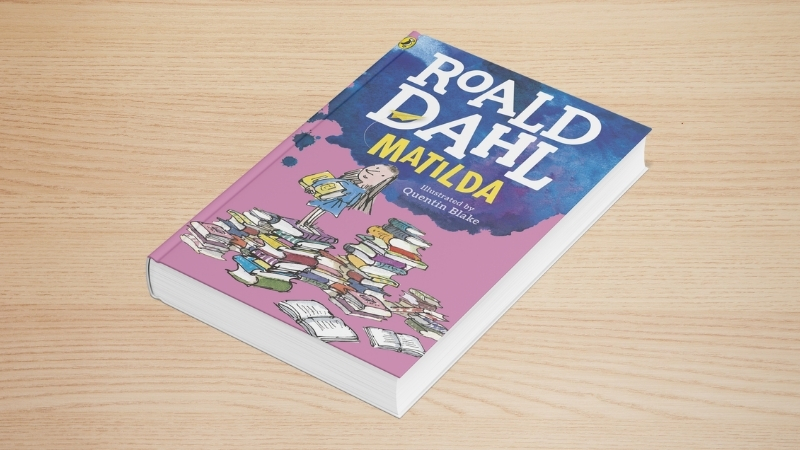
Matilda is a young genius who escapes her abusive home through reading—and eventually, through magical powers.
This story is one of the most empowering, easy-to-read books for anyone who’s ever felt small in a big, unfair world.
Dahl’s writing is accessible and sharply witty, making even dark moments digestible. It’s a masterclass in using fantasy to overcome adversity.
Element
Detail
Themes
Education, justice, empowerment, intelligence
Accessibility
Very high – Dahl’s trademark simplicity and humor
Escapism Factor
High–realistic abuse offset by magical triumph
Bonus Value
Encourages love for books and learning
Mary Poppins by P.L. Travers
Did you know that MARY POPPINS was originally a series of books?📖
The stories were penned by Australian author P.L. Travers and would later inspire the major motion picture, and the musical adaptation of the beloved Nanny☂️
📆 11 December – 11 January 2025 pic.twitter.com/xhKhl3X60Y
— Bord Gáis Energy Theatre (@BGETheatre) October 5, 2024
Unlike the musical film adaptation, the original Mary Poppins book is less saccharine and more magical in an unpredictable, mysterious way. Mary is not a warm figure—she’s stern and enigmatic—but her fantastical adventures make everyday life exciting.
Whether it’s jumping into chalk drawings or having tea on the ceiling, the book cleverly balances whimsy with subtle life lessons. It’s a fantastic escape for readers seeking episodic magical tales grounded in reality.
Element
Detail
Themes
Discipline, wonder, transformation, imagination
Accessibility
Episodic stories make for easy stop-start reading
Escapism Factor
High – real-life meets magical possibilities
Notable Contrast
The book is more mysterious and grounded than the Disney interpretation
Anne of Green Gables by L.M. Montgomery
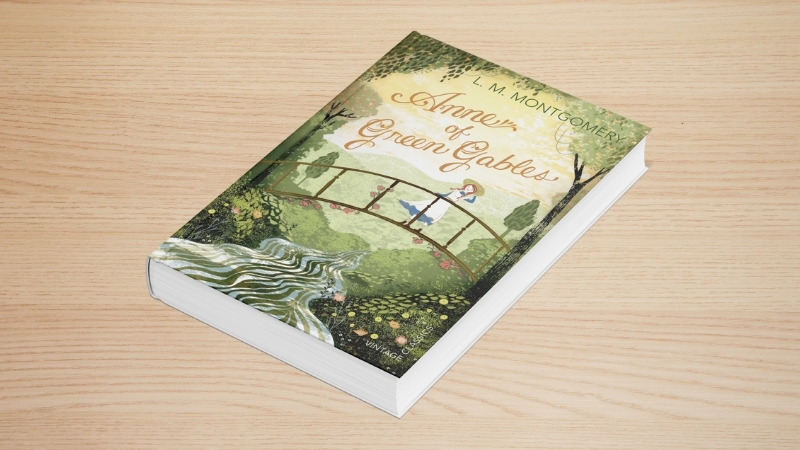
Anne Shirley is the embodiment of literary escapism. As an orphan adopted by mistake by a pair of siblings on Prince Edward Island, Anne transforms her world with the power of imagination.
Its charm lies in its ability to elevate the ordinary into something beautiful and worthy of wonder, making it a comforting escape during any quiet season of life.
Element
Detail
Themes
Identity, belonging, imagination, kindness
Accessibility
Lyrical but easy-to-follow prose
Escapism Factor
High–scenic worldbuilding + emotional connection
Emotional Tone
Comforting, nostalgic, gently inspiring
The Hunger Games Trilogy by Suzanne Collins
- Author: Suzanne Collins
- Published: 2008–2010
- Genre: Dystopian Fiction / YA
- Reading Level: ~7th-10th grade
- Ideal For: Ages 12+
Though the themes are darker, The Hunger Games trilogy is incredibly accessible thanks to its present-tense narration and fast pacing. The high-stakes environment of Panem, combined with Katniss Everdeen’s resilience, draws readers in immediately.
For readers needing an outlet for stress or anger at injustice, this trilogy offers not just escapism but catharsis. The action moves quickly, yet the characters feel real, and the themes provoke deep thought.
Element
Detail
Themes
Rebellion, survival, sacrifice, media control
Accessibility
Short chapters, strong voice, cinematic narration
Escapism Factor
Highly emotionally intense but completely engrossing
Critical Benefit
Encourages ethical reflection and resilience
The Twilight Series by Stephenie Meyer
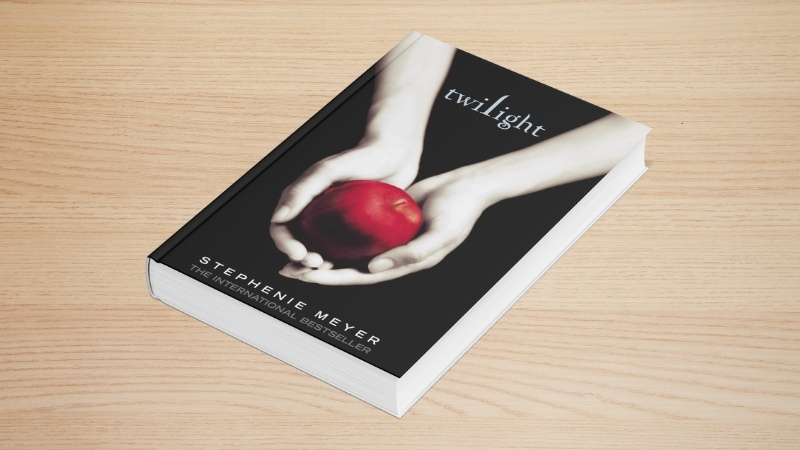
Twilight became a cultural phenomenon for good reason. Its romanticized narrative, simple structure, and emotional dialogue made it extremely readable, especially for teens looking for escapism through relationships and identity exploration.
Though it has its critics, the series has helped countless reluctant readers develop a habit for fiction. The plot revolves around a love triangle between a human, a vampire, and a werewolf, layered with themes of longing and transformation.
Element
Detail
Themes
Love, immortality, identity, sacrifice
Accessibility
Easy-to-read prose, heavy on emotion and internal dialogue
Escapism Factor
Very high – fantasy romance grounded in real emotions
Cultural Impact
Sparked a global YA paranormal trend
Conclusion
These books prove that you don’t need complex language to tell a great story.
They’re easy to read but still carry emotional weight, creativity, and strong themes.
For anyone looking to explore must-read books before turning 30, this list offers timeless choices that will resonate deeply.
If you’re looking for books that let you disconnect and fully engage with a story, these are reliable choices. They’re a good starting point for new readers, and a comforting return for lifelong ones.
